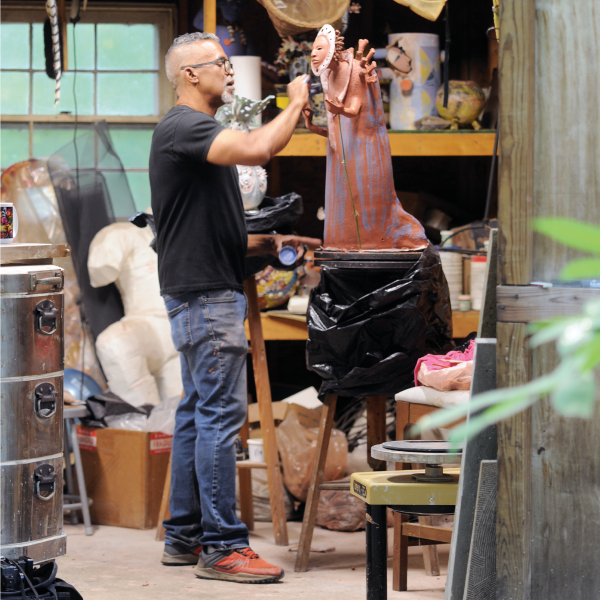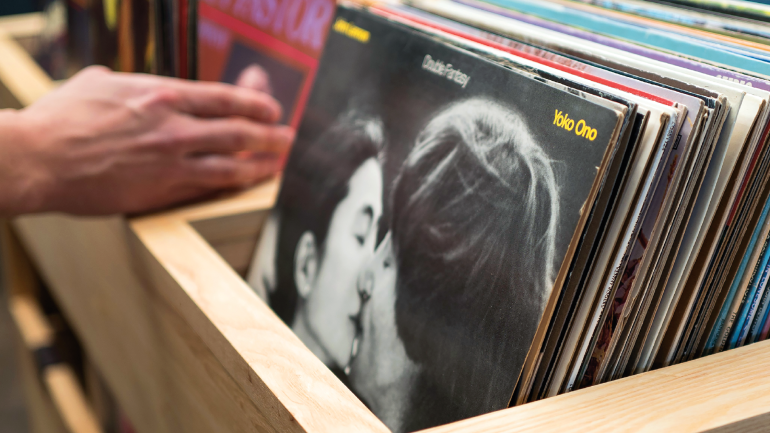The Harlem-based dealer Claire Oliver builds her business on moments of connection. “If, when I look at an artist’s work to show, I don’t immediately feel possessed to own everything I’m seeing, I don’t show the work,” she says. “There’s a visceral reaction that I have to the work that I show. I have to believe in it personally.”
The approach has proven to work well. Over more than three decades, Claire Oliver Gallery has built and sustained a reputation for championing historically underrepresented artists, many of whom are today recognized as significant voices within American art history. The majority of names on its roster have always been of women, and the gallery has facilitated the acquisition of more than 300 works by Black and brown artists by major museums throughout the United States. These include the cut-paper and illuminated works of Barbara Earl Thomas and the sewn and layered textiles of Gio Swaby that celebrate Black women. “The work, conceptually, has to be rigorous, and it has to have a message that’s important, that is going to elicit conversations,” Oliver says. “But then equally important is I want to see the hand of the artist on the craft.”
Amid an art market suddenly hungry for the kinds of artists the gallery has long represented, Oliver is also carefully considering where the gallery places work long-term. In 2020, after 17 years in New York’s Chelsea neighborhood—and before that, with chapters in Philadelphia and in Florida—the gallery relocated to a four-story brownstone in Harlem that Oliver purchased.
The move to Oliver’s own neighborhood (she gets to walk to work now) has allowed her to focus on expanding her collector base with greater intention, especially toward equity and inclusion. It’s been her lifelong passion: the Southern California native’s childhood dream was to be chief curator at the Metropolitan Museum of Art, but she grew to realize she wanted to engage directly with artists and promote their careers, rather than occupy herself with research.








